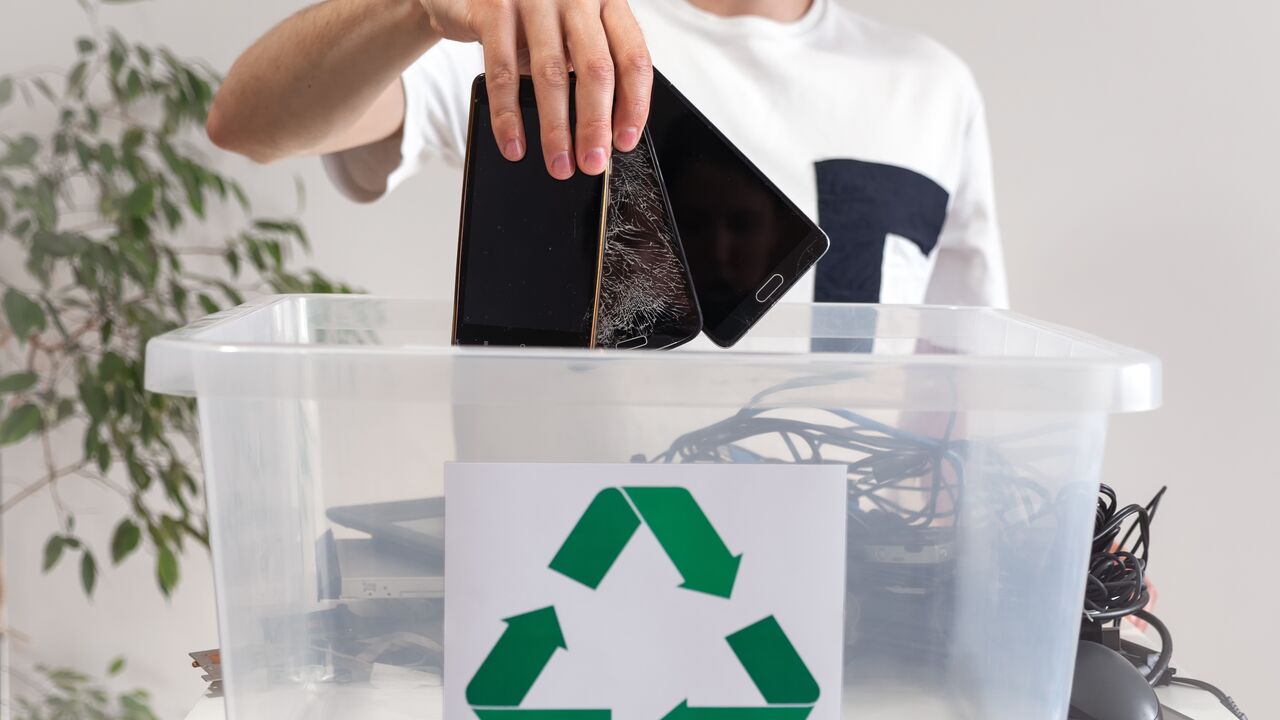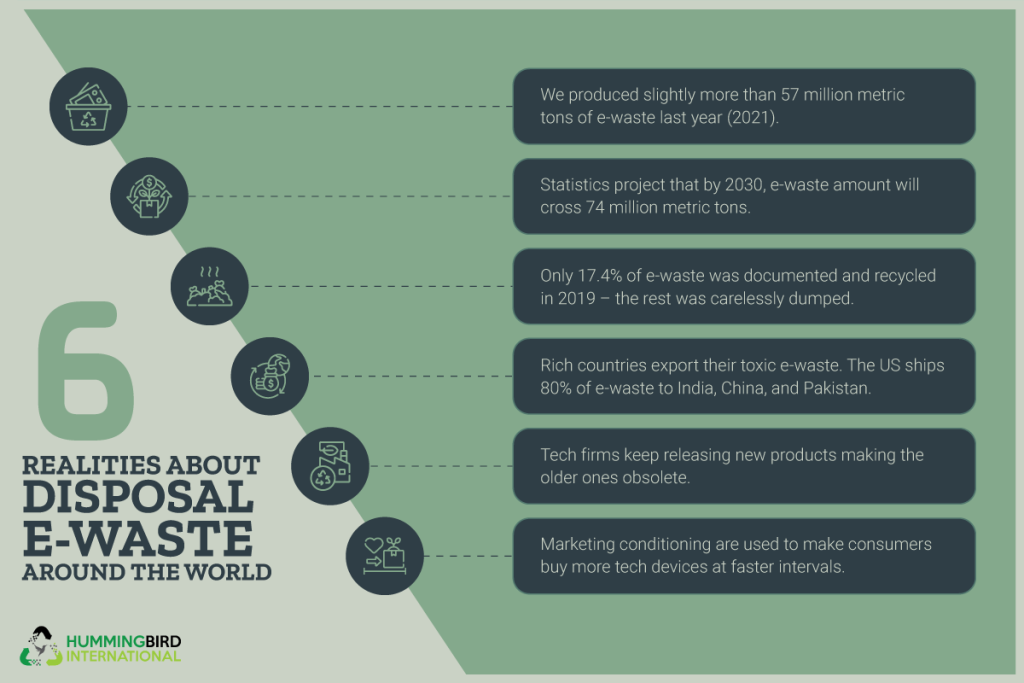9 Easy Facts About Recycling Lives Services Described
9 Easy Facts About Recycling Lives Services Described
Blog Article
The Greatest Guide To Recycling Lives Services
Table of ContentsNot known Facts About Recycling Lives ServicesEverything about Recycling Lives ServicesSome Known Incorrect Statements About Recycling Lives Services Recycling Lives Services for DummiesEverything about Recycling Lives Services

Furthermore, all Oxfordshire neighborhood authorities accept vapes and e-cigarettes as a separate kerbside collection. How they are collected in each location varies slightly; inspect you have the appropriate information for your location.
Mobile batteries the kind you find in little handheld gadgets can also be recycled at the kerbside yet not inside any of your containers. Check the Waste Wizard for exactly how to do this in your area. Larger stores that offer batteries also have collection points for recycling old batteries. Batteries must constantly be eliminated from electric things where they are designed to do so and recycle separately, Energy-saving, LED and small fluorescent light bulbs and tubes can be recycled at our recycling centres.
Not known Incorrect Statements About Recycling Lives Services
Older-style filament or halogen light bulbs can be disposed of in your general rubbish bin at home. Some Do it yourself stores likewise have collection factors for light bulbs.

Unknown Facts About Recycling Lives Services
Electrical things are damaged down right into separate pasts so that the different materials they are made up of can be gotten rid of and recycled. Waste recycling centres are for use by homeowners just and can not approve waste from commercial resources.
E-waste, electronic waste, e-scrap and end-of-life electronics are terms commonly utilized to describe used electronics that are nearing the end of their useful life, and are discarded, donated or offered to a recycler. The UN defines e-waste as any kind of thrown out items with a battery or plug, and features toxic and harmful compounds such as mercury, that can pose severe danger to human and environmental health and wellness.
Recycling Lives Services - The Facts
Only 17.4% of this electronic waste, including a combination of damaging materials and priceless products, will certainly be videotaped as being properly gathered, treated and recycled - https://www.openlearning.com/u/zonabeardsley-skhgy3/. Several initiatives are carried out to tackle this growing problem, but none of them can be totally reliable without the energetic role and right education of customers

Extracting discarded electronic devices creates 80% much less emissions of carbon dioxide per device of gold compared with mining it from the ground. In 2015, the removal of raw products represented 7% of the world's energy intake. This suggests that relocating in the direction of the use of even more secondary raw products in electronic goods can aid significantly within the targets set out in the Paris Contract on climate modification.
Recycling Lives Services - Questions
When the carbon dioxide released over a device's life time is considered, it primarily occurs during manufacturing, before customers purchase an item. This makes lower carbon procedures and inputs at the manufacturing phase (such as usage recycled raw materials) and item life time key determinants of total environmental influence.
Even in the EU, which leads the globe in e-waste recycling, just 35% of e-waste is officially reported as properly accumulated and reused. Worldwide, the average is 20%; the remaining 80% is undocumented, with much winding up hidden under the ground for centuries as landfill. E-waste is not eco-friendly. The lack of recycling weighs heavily on the international electronic market and as devices become extra numerous, smaller sized and much more intricate, the concern rises.
The continuing to be mass of e-waste generally plastics tied with metals and chemicals poses an extra intractable problem. A brand-new vision for the manufacturing and consumption of electronic and electric content products is required. It is simple for e-waste to be framed as a post-consumer problem, but the problem includes the lifecycle of the gadgets every person utilizes.
Report this page